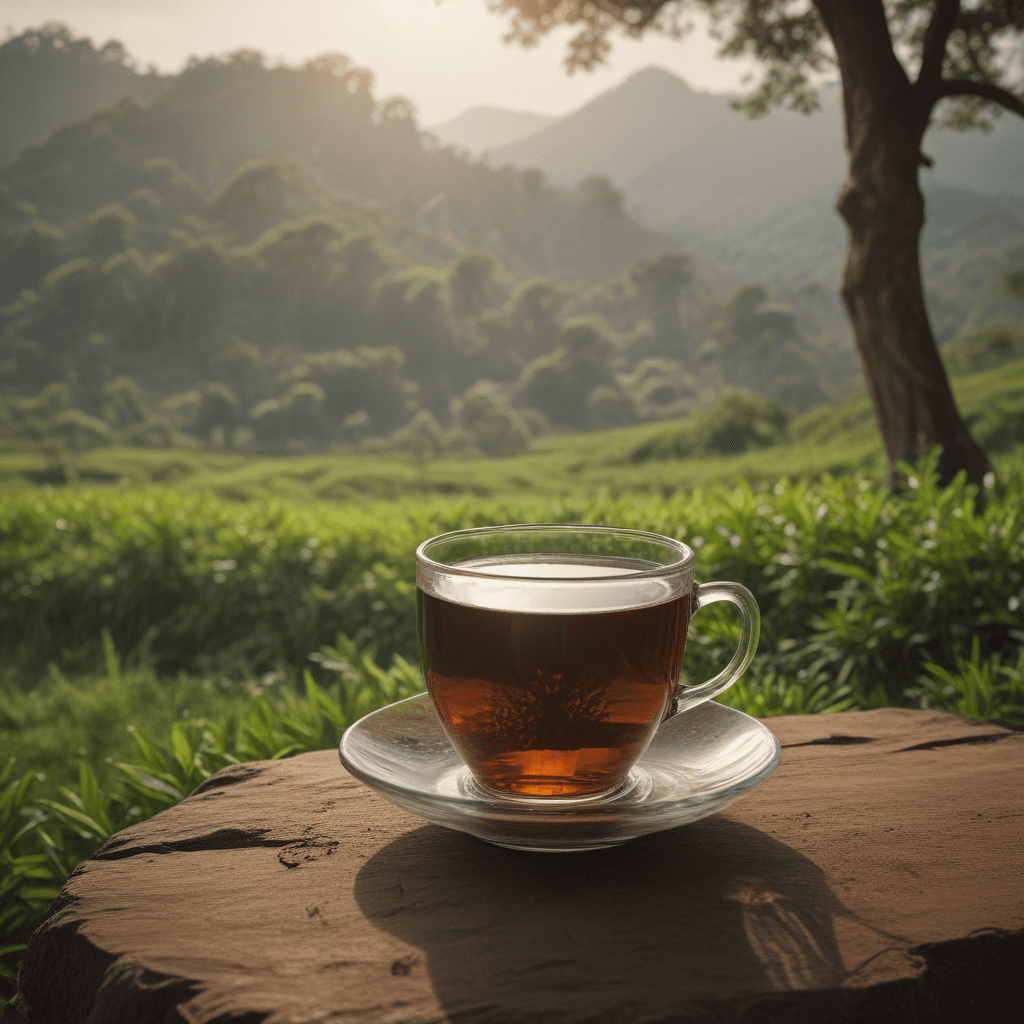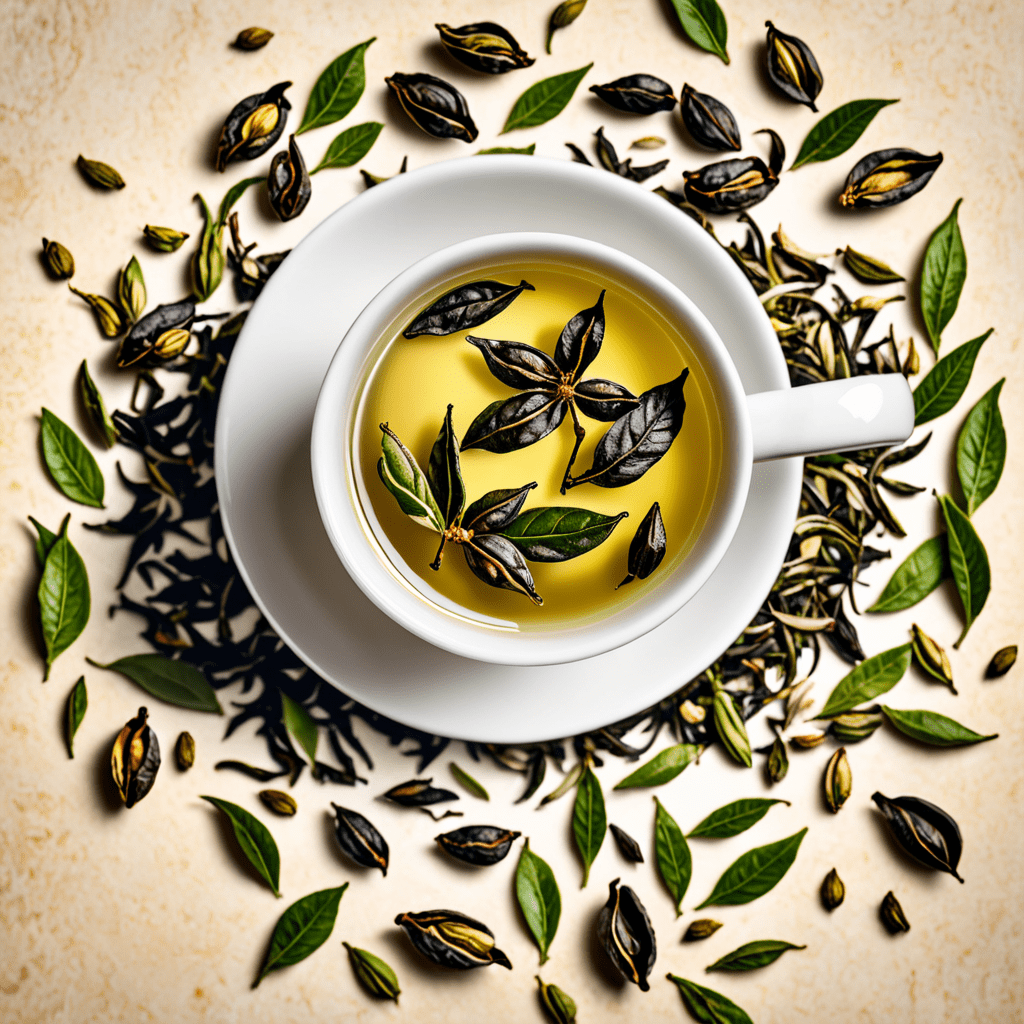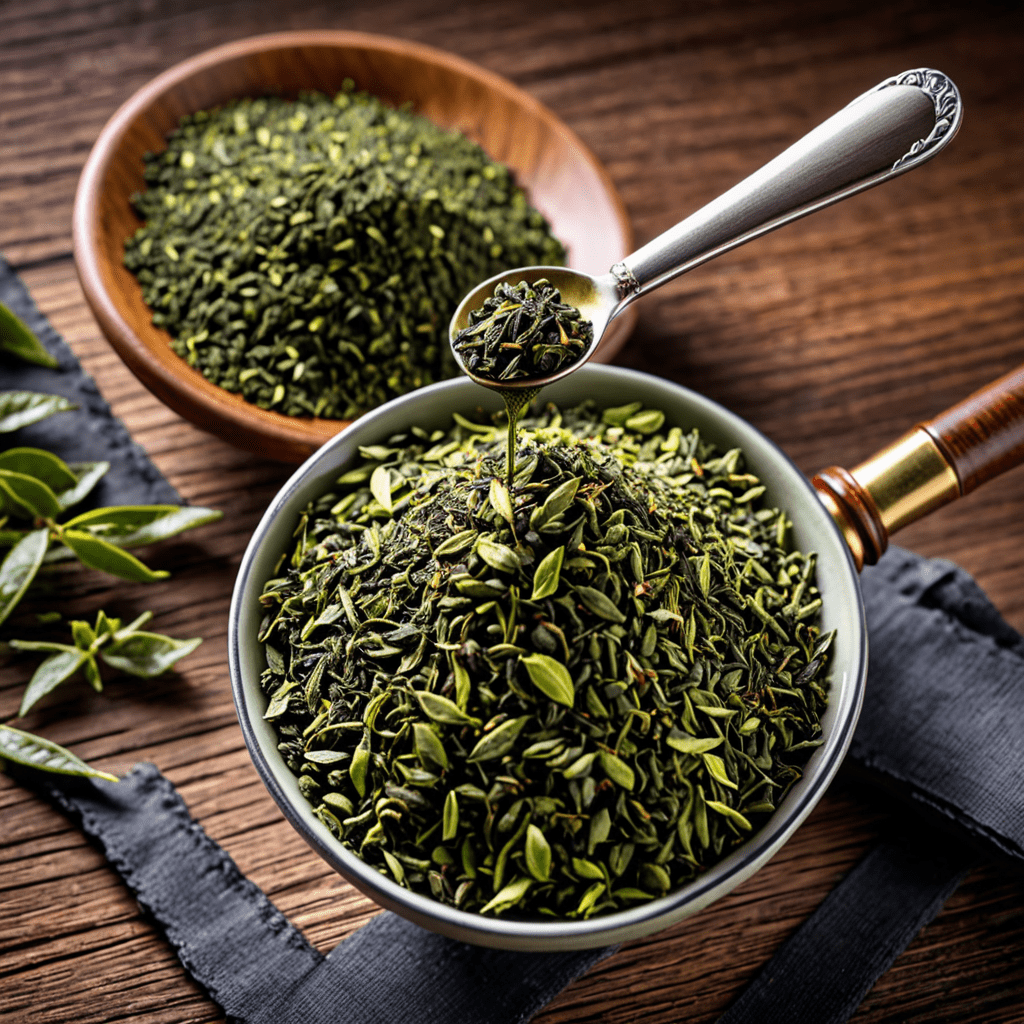
1. An Introduction to Ceylon Tea: A Sri Lankan Delicacy
In the verdant landscapes of Sri Lanka, nestled amidst rolling hills and lush plantations, resides a cherished beverage steeped in history and tradition—Ceylon tea. Renowned globally for its exquisite taste, aroma, and health-promoting properties, Ceylon tea stands as a testament to the island nation's rich tea-growing heritage.
2. Origins and History of Ceylon Tea
The origins of Ceylon tea can be traced back to the mid-19th century when the first tea plants were brought to Sri Lanka from neighboring India. The favorable climate and fertile soils of the island proved ideal for tea cultivation, and soon, thriving tea plantations emerged across the region. By the early 20th century, Ceylon tea had become a major export crop, captivating tea enthusiasts around the world.
3. The Distinct Terroirs of Sri Lanka
Sri Lanka's unique geographical diversity gives rise to a range of distinct terroirs, each imparting its own characteristic nuances to the teas grown there. The central highlands, renowned for their rolling hills and temperate climate, produce some of the finest black teas with a rich, full-bodied flavor. The southern lowlands, with their tropical environment, are known for their aromatic and delicate green teas.
4. The Tea Production Process: From Leaf to Cup
The journey of Ceylon tea begins with careful cultivation and harvesting. Tea bushes, meticulously tended by skilled tea pluckers, are selectively harvested to ensure only the tenderest leaves are used. The harvested leaves undergo a complex series of processes, including withering, rolling, oxidation, and drying, each stage carefully controlled to preserve the tea's unique character.
5. Harvesting and Processing Ceylon Tea
Tea plucking, a crucial step in the production process, demands meticulous precision. Experienced pluckers gently harvest the top two leaves and a bud from each tea bush, ensuring optimum freshness and quality. The harvested leaves are then processed using traditional methods that have been passed down through generations. Withering removes excess moisture, rolling shapes the leaves and encourages oxidation, while drying halts the oxidation process, preserving the tea's distinctive flavors.
6. The Nuances of Ceylon Tea: Black, Green, and White
Ceylon tea encompasses a wide spectrum of varieties, each with its unique flavor profile and characteristics. Black tea, the most common type, undergoes full oxidation, resulting in a bold, robust brew with a deep amber color. Green tea, on the other hand, is lightly oxidized, preserving its delicate flavor and vibrant green hue. White tea, the least processed, retains the most antioxidants and offers a subtle, ethereal taste.
7. The Health Benefits and Culinary Uses of Ceylon Tea
Beyond its captivating flavors, Ceylon tea is renowned for its health-promoting properties. Rich in antioxidants, it helps protect against cellular damage and may reduce the risk of chronic diseases. Ceylon tea also contains caffeine, providing a gentle boost of energy, and its tannins may aid digestion. In addition, Ceylon tea finds culinary applications in various cuisines, from refreshing iced teas to aromatic marinades and flavorful desserts.
8. Visiting Tea Plantations in Sri Lanka
Sri Lanka offers an immersive experience for tea enthusiasts, with numerous tea plantations welcoming visitors to witness the intricate process of tea cultivation and production. Guided tours lead visitors through lush tea gardens, provide insights into the different types of tea, and allow them to witness the traditional methods employed by skilled tea pluckers. Tea tastings offer a delightful opportunity to sample the diverse flavors of Ceylon tea and appreciate its artistry.
9. The Cultural Significance of Ceylon Tea
Tea holds a deep cultural significance in Sri Lanka, woven into the fabric of the nation's heritage and traditions. The tea industry has played a pivotal role in Sri Lanka's economy and identity, shaping its social and cultural landscapes. Tea plantations have become iconic landmarks, and tea-drinking rituals have become an integral part of daily life, fostering a sense of community and shared experiences.
10. Ceylon Tea as a Global Commodity
Ceylon tea has captured the global market, becoming a highly sought-after beverage enjoyed by tea aficionados worldwide. Its exceptional quality, distinctive flavors, and versatility have earned it a premium reputation. Today, Ceylon tea is exported to over 100 countries, contributing significantly to Sri Lanka's economy and promoting its reputation as a leading tea-producing nation.
FAQ:
What makes Ceylon tea unique?
Ceylon tea is renowned for its distinct terroirs, resulting in a range of nuanced flavors. Its high elevation, favorable climate, and skilled cultivation practices contribute to its exceptional quality.
What are the health benefits of Ceylon tea?
Ceylon tea is rich in antioxidants, offering potential health benefits such as protection against cellular damage, reduced risk of chronic diseases, and improved digestion.
How do I choose the right Ceylon tea for me?
Consider your taste preferences and desired outcomes. If you prefer a bold, robust brew, opt for black tea. For a delicate, refreshing flavor, choose green tea. White tea is ideal for those seeking a subtle, antioxidant-rich beverage.
How do I store Ceylon tea properly?
Store Ceylon tea in an airtight container away from moisture, heat, and light. This will help preserve its freshness and flavor.
Is Ceylon tea safe for pregnant women?
While Ceylon tea contains caffeine, it is generally considered safe for pregnant women in moderation. Consult with your healthcare provider for personalized advice.

